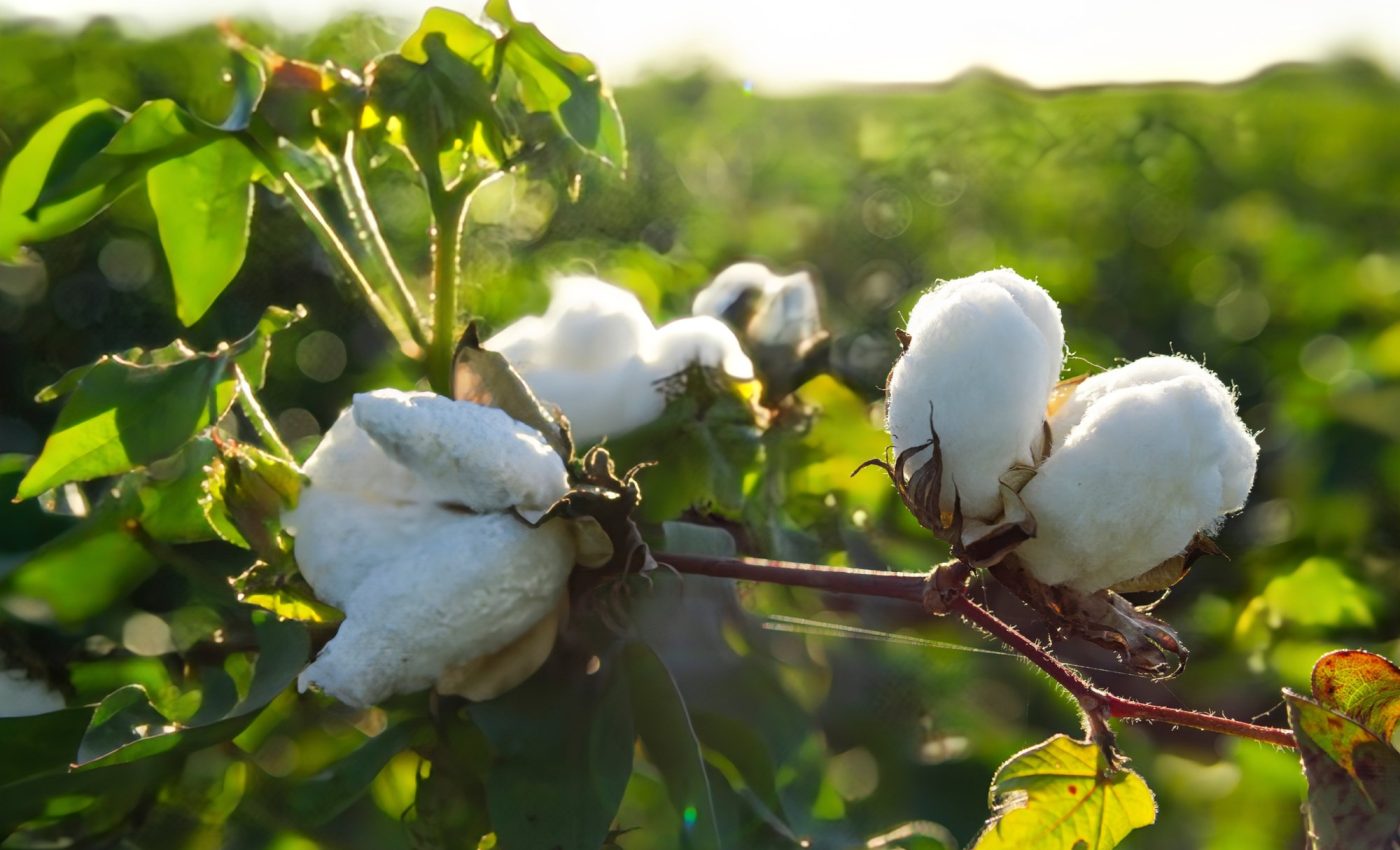
Genetic secrets of cotton will make it more climate resilient
Cotton is an integral part of everyday life, being used in everything from clothing to bed linens. As climate change intensifies, cotton farmers face the threat of lower yields due to challenges like drought and heat.
However, new research offers hope for developing drought-resistant cotton varieties.
Global cotton production
The study authors noted that upland cotton (Gossypium hirsutum L.) is the world’s top renewable textile fiber, supporting a multibillion-dollar industry with a global production of 120.2 million bales of cotton.
“It is a major economically important crop for the U.S. and for Arizona, where upland cotton is planted on ∼50 000 ha, mainly in the semi-arid environment of the low desert using surface irrigation to complement limited precipitation,” wrote the researchers.
“Cotton productivity in semi-arid areas of the Southwestern U.S. is severely threatened by global climate change.”
Climate change and drought risk
The experts pointed out that increasing climatic variability is responsible for hotter summers, with day and night temperatures far above the thermal optimum (30/22 °C) for the crop, and lower and erratic rainfall patterns which expose cotton plants to an increasing risk of drought.
“Therefore, revealing the physio-genetics mechanisms that regulate cotton’s response to arid conditions is of primary interest,” wrote the researchers.
“Specifically, this information can be leveraged for the development of new elite cotton cultivars with improved adaptation to hotter and drier climatic conditions that are predicted in the near future.”
How cotton responds to water stress
In their recent study, published in the Plant Biotechnology Journal, the team examined how 22 varieties of upland cotton respond to drought conditions in Arizona’s low desert.
The researchers identified two key regulatory genes, GhHSFA6B-D and GhDREB2A-A, that are crucial for helping cotton plants manage water stress while maintaining fiber production.
These genes function like conductors, orchestrating other genes involved in drought response and fiber development.
Stress tolerance and fiber yield
“We were excited to discover this direct link between stress tolerance and fiber yield maintenance,” said study co-author Andrew Nelson, an assistant professor at the Boyce Thompson Institute.
“It appears that over time, cotton plants have evolved this regulatory mechanism to help them cope with dry conditions while still producing the fibers that are so economically important.”
A particularly notable discovery involved the gene GhIPS1-A, which produces an enzyme that helps protect plants from drought stress.
The researchers observed that only one copy of this gene, inherited from the cotton plant’s African ancestors, responds to the regulatory gene GhHSFA6B-D. This suggests that the cotton plant’s drought resilience has deep evolutionary roots, predating its domestication.
Fiber production in drought-stressed plants
The study also revealed a tiny genetic variation near the GhIPS1-A gene that appears to influence fiber production under water-limited conditions.
“This single DNA letter change was associated with higher fiber production in drought-stressed plants,” noted study co-author Duke Pauli, an associate professor at the University of Arizona. “Such small genetic differences could be valuable targets for breeders looking to develop more resilient cotton varieties.”
Given the increasing frequency and severity of droughts due to climate change, the development of cotton varieties that can thrive with less water is crucial.
The research provides valuable insights and genetic targets to guide these breeding efforts. It also emphasizes the importance of maintaining genetic diversity among cotton varieties, as the range of drought responses observed underscores the need for adaptability in crops facing changing conditions.
Regulatory mechanism conserved across time
According to the experts, the specialized regulatory mechanism they identified in this study seems to have emerged in cotton well before domestication, most likely reflecting an evolutionary conserved stress response mechanism, similar to that observed in Arabidopsis.
However, this mechanism appears to have undergone additional selection after speciation in order to provide evolutionary advantages under water-limited conditions.
Further research is needed to clarify these mechanisms and develop breeding methods suited to the ongoing environmental crisis.
Broader implications of the study
In a world grappling with environmental challenges, understanding how critical crops like cotton respond to stress at the molecular level is vital.
This study not only advances scientific knowledge but also lays the groundwork for more resilient and sustainable agriculture amidst climate change.
The insights gained from this research are essential for ensuring the continued availability of cotton, a staple of the global textile industry, in the face of an uncertain environmental future.
—–
Like what you read? Subscribe to our newsletter for engaging articles, exclusive content, and the latest updates.
Check us out on EarthSnap, a free app brought to you by Eric Ralls and Earth.com.
—–













